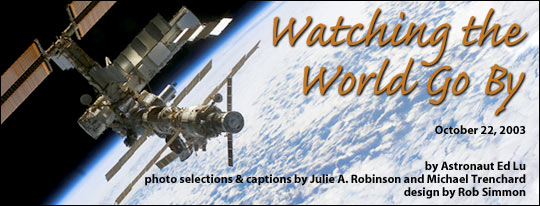https://techweez.com/2020/07/16/how-to-block-youtube-ads-on-android-tv-forever/
[SIZE=7]How to Block YouTube Ads on Android TV Forever[/SIZE]
By
Kenn Abuya
July 16, 2020
0
https://techweez.com/wp-content/uploads/2020/07/YouTube-TV-640x320.jpgCredit: 9to5google
YouTube ads have always been here, and they help the platform make money, which is also extended to creators. However, there are instances where the ads become too much, and this is something all of us can agree about.
The situation is even worse for Android TV. This is the case because in other devices, say computers or smartphones, users can employ effortless ways to get rid of them. For Android phones, for instance, you can download an ad blocker, or choose to install YouTube Vanced that has far superior features than the ordinary YouTube like themes.
For computers, it is even easier: there are plenty of YouTube ad blocker extensions in the Chrome Store. Other browsers such as Opera and Brave have built-in ad blockers, so your experience is pretty much smooth and uninterrupted by ads and trackers.
[SIZE=6]Android TV[/SIZE]
I always see people complain about YouTube ads on their smart TVs.
Unfortunately, there is not much you can with platforms such as Tizen in Samsung TVs, or webOS on LG smart TVs because they are different ecosystems and do not give users the freedom to preload apps as is the case with Android.
However, if your TV is using Android TV, then you should be aware that there are many ways you can get rid of annoying ads, but I am only going to give you the best and effortless solution. It has been working for me for more than one year, and I have not touched the preloaded and official YouTube app ever since.
As mentioned, make sure your TV is actually running Android (many TVs do, including locally available TCLs, Hisense, name them). Others may be using an Android streaming box such as the Mi Box 3.
With that covered:
[ol]
[li]Head over here and download the Smart YouTube app for Android TV. You will notice the app is small, but that is because it has been stripped of under the hood features that you will not need. Core functionality is still there.[/li][li]The next step is installing the app. There are many ways you can do this: transfer the app to a flash drive, hook it to your streaming box or TV USB outlet, navigate to the drive using a file manager app and run the app. Alternatively, and this is what I do, upload the file to your Google Drive, and access it from your TV using a file manager that supports additional storage options. I use Solid Explorer. Then, install the app from there. Also, I introduce these tips because the majority of Android TV boxes do not support browsers where you can search and download apks.[/li][li]Then, that is it, you do not need to configure anything. The app will kick all ads out and you will be a happy person thereafter.[/li][li]By the way, you can still login in to your Google account for customized content[/li][/ol]
